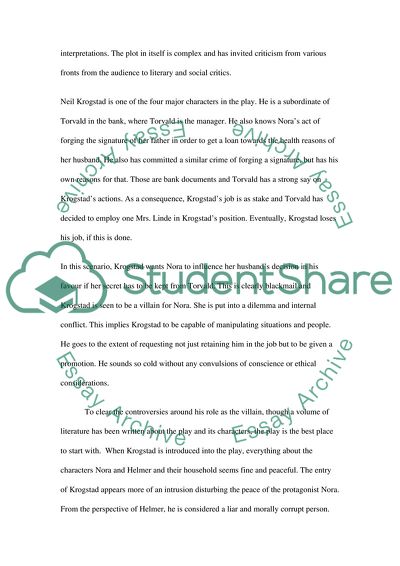Cite this document
(“Non-Causal Linearity In Contemporary Drama Book Report/Review”, n.d.)
Non-Causal Linearity In Contemporary Drama Book Report/Review. Retrieved from https://studentshare.org/literature/1730005-character-research
Non-Causal Linearity In Contemporary Drama Book Report/Review. Retrieved from https://studentshare.org/literature/1730005-character-research
(Non-Causal Linearity In Contemporary Drama Book Report/Review)
Non-Causal Linearity In Contemporary Drama Book Report/Review. https://studentshare.org/literature/1730005-character-research.
Non-Causal Linearity In Contemporary Drama Book Report/Review. https://studentshare.org/literature/1730005-character-research.
“Non-Causal Linearity In Contemporary Drama Book Report/Review”, n.d. https://studentshare.org/literature/1730005-character-research.


